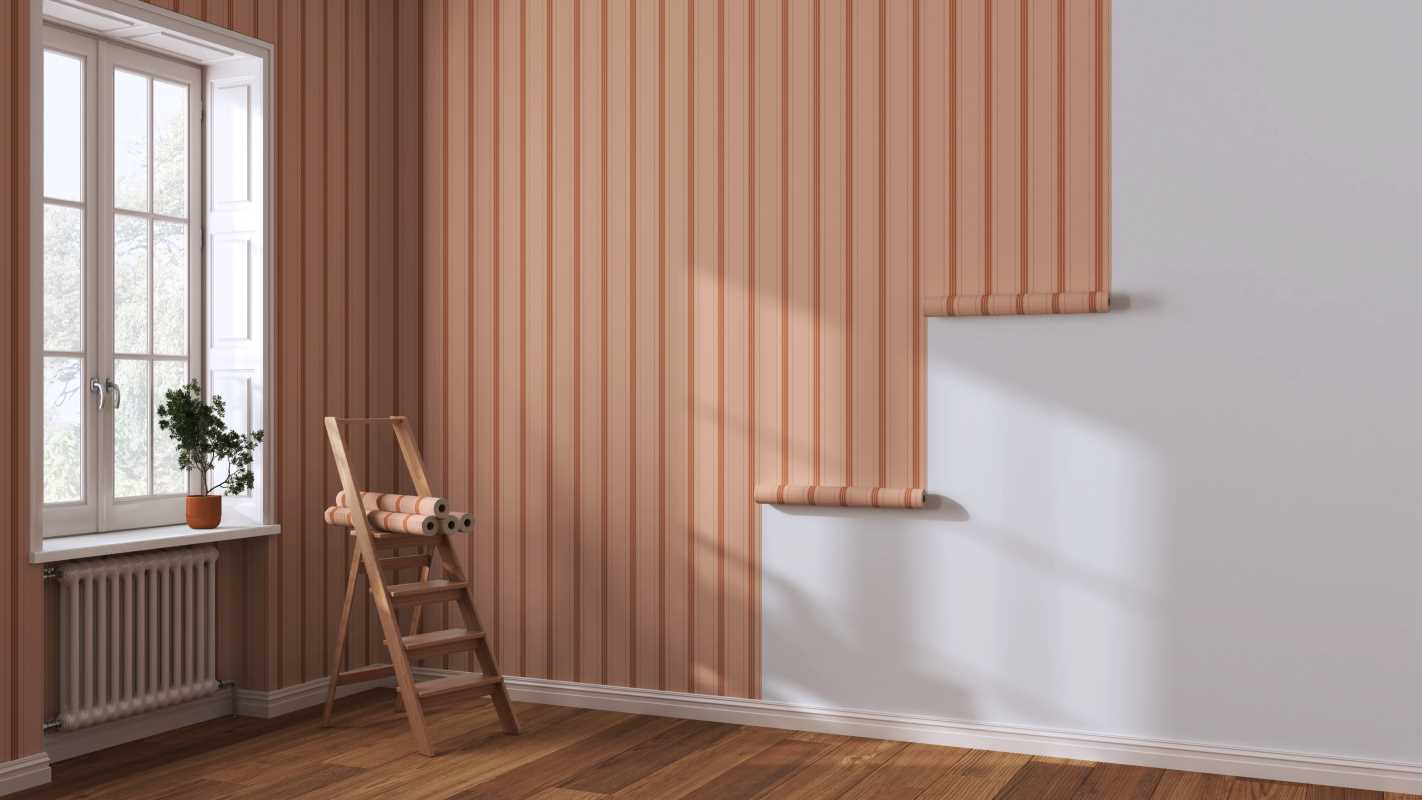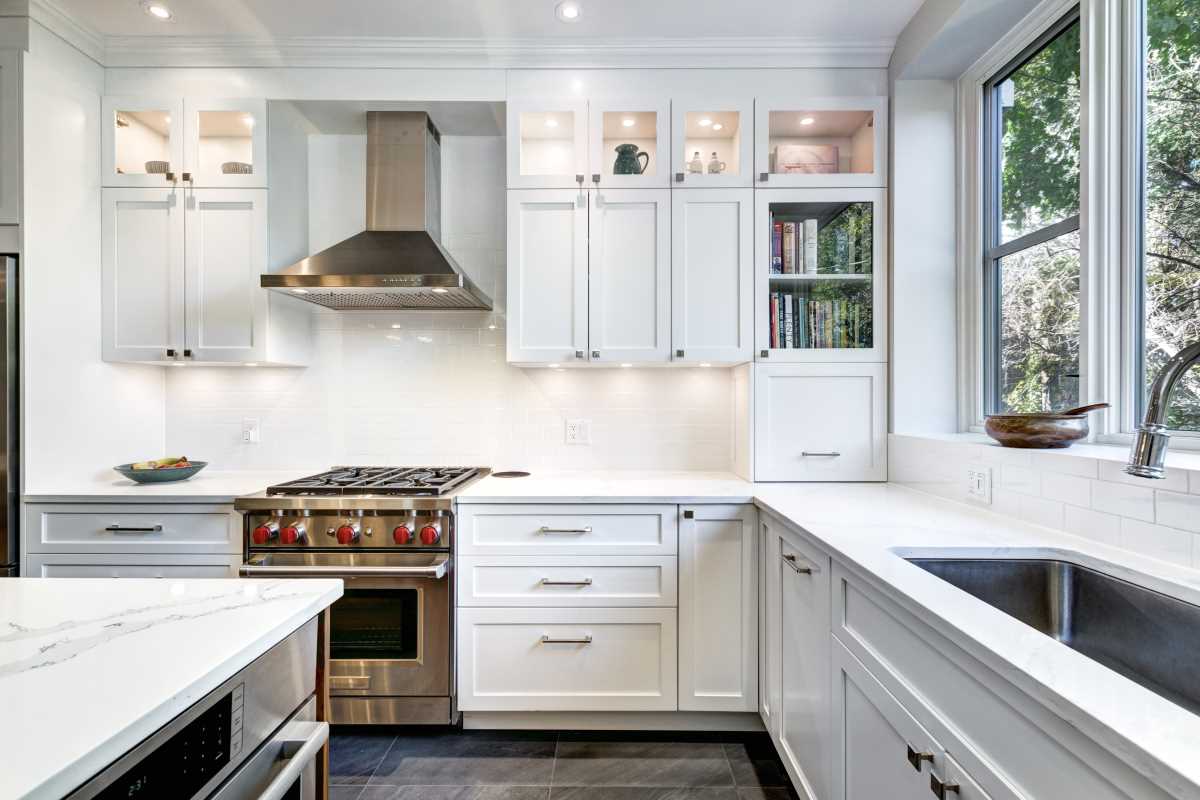The world of landscaping is flourishing with creativity and sustainability in 2025. Whether you have a sprawling backyard, a modest suburban plot, or a cozy balcony, this year’s landscaping trends offer exciting opportunities to transform outdoor spaces into stylish, eco-conscious havens. From sustainable practices to tech-savvy innovations, these ideas combine function, aesthetics, and environmental stewardship in ways that are both fresh and future-focused.
If you’re ready to revamp your green space, we’ve rounded up the top landscaping trends for 2025, along with practical tips to help you incorporate them into your own yard.
1. Sustainable Landscaping Takes Center Stage
With environmental awareness at an all-time high, sustainability continues to drive landscaping innovation. Homeowners and landscapers are focusing on designs that reduce environmental impact while creating beautiful outdoor spaces.
- Native Plants Rule: Native plants are thriving as they adapt easily to local climates, require less water, and support pollinators like bees and butterflies. Consider swapping high-maintenance grass lawns for wildflower meadows or hardy groundcovers like creeping thyme.
- Permeable Surfaces: Replace concrete patios or driveways with permeable options, such as gravel, brick, or permeable pavers. These materials allow water to seep through, preventing runoff and replenishing the soil.
- Composting Areas: Carve out a small corner of your yard for composting kitchen and garden scraps. Not only does this reduce waste, but it also provides nutrient-rich compost for your plants.
Pro Tip: Start small by replacing a section of your lawn with native plants or a low-water garden. This helps you conserve resources and gives your space a natural, modern feel.
2. Outdoor Living Spaces Reimagined
Gone are the days of treating outdoor areas as purely recreational. Now they’re seen as extensions of the home, blending comfort and function to accommodate everything from relaxing to entertaining.
- Multi-Functional Zones: 2025 is all about maximizing space. Think outdoor kitchens with pizza ovens, built-in seating, or fire pit areas that double as dining spots.
- Cozy Retreats: Furniture trends lean toward plush and functional. Waterproof couches, hammocks, and daybeds transform your yard into a go-to relaxation spot.
- Covered Spaces: More people are opting for pergolas, gazebos, and retractable awnings to enjoy their yards year-round, rain or shine.
Pro Tip: To balance style and practicality, use weatherproof materials like teak, powder-coated aluminum, and Sunbrella fabrics for furniture. These options are durable, low-maintenance, and perfect for any climate.
3. Vertical Gardens and Small-Space Solutions
City dwellers and homeowners with limited yards are making the most of their spaces with vertical gardens and compact designs. Vertical landscaping is not only visually stunning but also maximizes greenery in small areas.
- Living Walls: Install a living wall filled with ferns, ivy, or flowering plants for a dramatic, vibrant statement.
- Hanging Gardens: Opt for layered planters or hanging pots to infuse greenery into balconies or patios.
- Tiered Planters: Stackable planters are perfect for growing herbs, vegetables, or succulents when floor space is tight.
Pro Tip: DIY vertical gardens with modular systems that you can customize as your plants grow. Pair these with automatic drip irrigation to keep maintenance low.
4. Smart Landscaping Technology
The integration of smart technology is skyrocketing in landscaping, making outdoor management more efficient and user-friendly in 2025.
- Smart Irrigation Systems: Weather-based controllers and app-operated sprinklers are conserving water while keeping gardens lush. These systems adapt to rainfall and temperature, reducing overall water usage.
- Automated Garden Tools: Robotic lawnmowers and weeders are taking the manual labor out of yard work, leaving you more time to enjoy your space.
- Outdoor Lighting Upgrades: Motion-sensor and solar-powered lights add both convenience and sustainability, illuminating pathways and entertaining spaces without driving up energy bills.
Pro Tip: Start by integrating a smart irrigation system to save water and cut costs while keeping your plants healthy.
5. Eco-Friendly Materials and Hardscaping
Sustainability extends beyond plants in 2025. Eco-friendly hardscape materials are transforming pathways, patios, and built-in fixtures into environmentally responsible masterpieces.
- Recycled Materials: Use composite decking made from recycled plastics or reclaimed wood for decks and patios.
- Natural Stones: Flagstone, bluestone, and crushed granite are popular for pathways and seating areas, creating earthy, timeless appeal.
- Green Walls and Roofs: Homes with green wall or rooftop installations are blending architecture with landscaping for a seamless indoor-outdoor flow.
Pro Tip: Incorporate mixed materials like concrete combined with natural wood or stone to add texture and contrast to your design.
6. The Rise of Native and Edible Gardens
Gardeners are going back to basics with edible landscaping and native plantscapes. These trends not only provide sustenance but also promote biodiversity and sustainability.
- Vegetable and Herb Gardens: Raised beds and container gardens for growing kale, tomatoes, or lavender are becoming staples in outdoor spaces.
- Fruit Trees: Dwarf fruit trees, like citrus and apple, are gaining popularity as both decorative elements and functional additions.
- Native Ecosystems: Gardens that mimic natural growth patterns support local fauna while fostering self-sustaining ecosystems.
Pro Tip: Blend edible plants into ornamental beds for a subtle but functional touch of green that’s as beautiful as it is beneficial.
7. Water-Conscious Landscaping
With growing concerns about water conservation, xeriscaping is evolving in 2025, making it both trendy and essential in drought-prone areas.
- Dry Creek Beds: These decorative, stone-filled dry streams manage water runoff while adding an elegant feature to gardens.
- Drip Irrigation: Drip systems provide water only where it’s needed, keeping plants healthy without wasting resources.
- Rain Gardens: Create a low-lying garden designed to catch and absorb rainwater, filled with plants that thrive in wet conditions.
Pro Tip: Combine xeriscaping with native plants to create a thriving, low-maintenance garden that stays lush without excess watering.
8. Landscapes with Wellness in Mind
Landscaping is no longer just about aesthetics; it’s also about creating spaces that nurture physical, mental, and emotional well-being.
- Mindful Gardens: Serene areas with meditative features like fountains, zen gardens, or stone pathways are trending.
- Therapeutic Plants: Lavender, jasmine, and rosemary are favorites for their calming scents and multipurpose use.
- Outdoor Fitness Zones: People are incorporating outdoor exercise stations, yoga platforms, or walking paths into their green spaces.
Pro Tip: Bring wellness into your yard by adding a small water feature, like a bubbling fountain or a koi pond, for a tranquil vibe.
Refresh Your Outdoor Space in 2025
This year’s landscaping trends are all about blending beauty, functionality, and sustainability. Whether you’re simply adding a pop of green to your balcony or reimagining your entire backyard, these inspiring ideas make it easier than ever to create an outdoor space that feels personal and purposeful.
From sustainable landscaping and smart tech integration to edible gardens and wellness-driven designs, there’s a trend for every yard size and budget. Find what resonates most with your lifestyle, and take the first step toward transforming your landscape into a 2025 masterpiece.
.jpg) (Image source: Midjourney)
(Image source: Midjourney) 





